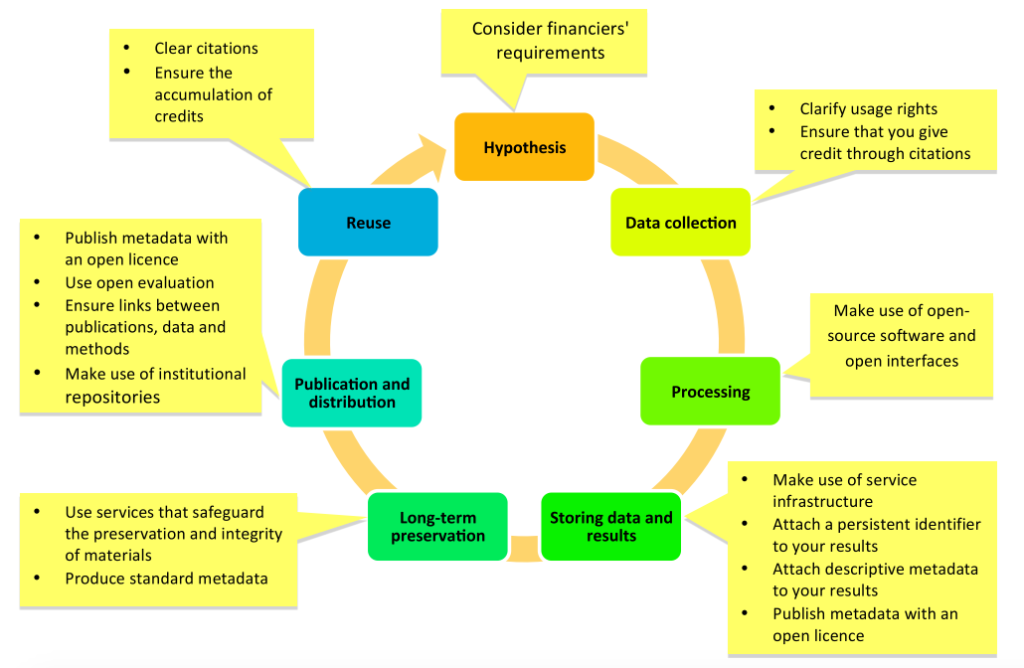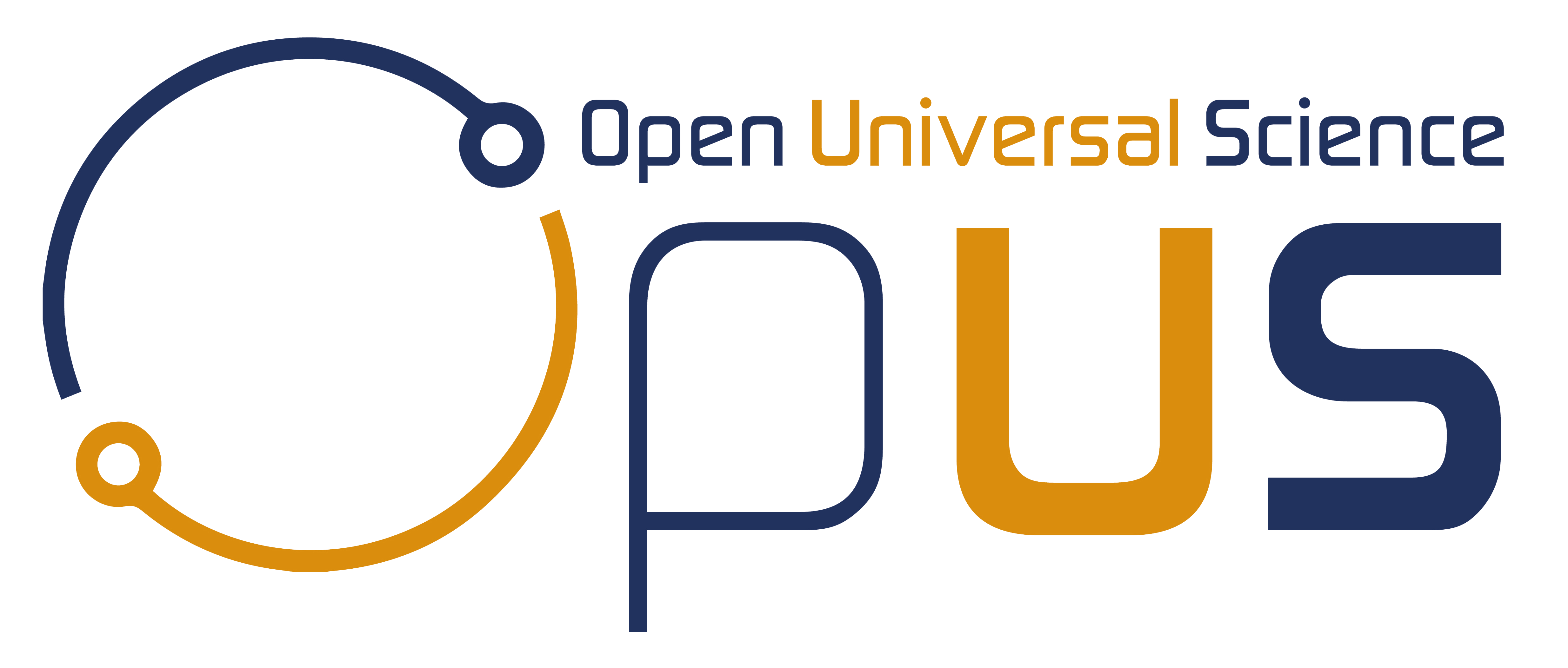
The Cycle of Open Science: A Revolution in Knowledge Sharing
The Cycle of Open Science: A Revolution in Knowledge Sharing https://opusproject.eu/wp-content/uploads/2023/10/OpenScienceResearchInitiative-ResearchLifecycle-1024x668.png 1024 668 Open and Universal Science (OPUS) Project Open and Universal Science (OPUS) Project https://opusproject.eu/wp-content/uploads/2023/10/OpenScienceResearchInitiative-ResearchLifecycle-1024x668.pngScience, as we know it, has undergone a profound transformation in recent years. Traditional methods of conducting research and sharing findings have given way to a more transparent and collaborative approach known as open science. This movement, often referred to as the “Cycle of Open Science,” represents a significant shift in the way knowledge is created, disseminated, and applied. In this article, we will explore the various stages of the Cycle of Open Science and its impact on the scientific community and society as a whole.
- Transparency and Open Data
The first stage of the Cycle of Open Science begins with transparency and open data. Researchers are encouraged to make their data and methodologies freely available to the public. This transparency allows for greater scrutiny and reproducibility of research findings, helping to ensure the integrity of scientific work. Open data also facilitates collaboration, as researchers from different institutions and disciplines can access and build upon each other’s work.
- Collaborative Research
One of the core principles of open science is collaboration. In the past, scientific research was often conducted in isolated silos, with limited interaction between researchers. Open science encourages interdisciplinary collaboration and the sharing of ideas and resources. Collaborative research projects bring together experts from various fields, fostering innovation and accelerating the pace of discovery.
- Preprints and Open Access
The next stage of the cycle involves the dissemination of research findings. Preprint servers, such as arXiv and bioRxiv, have gained popularity as platforms for sharing research manuscripts before they undergo formal peer review. This allows for rapid dissemination of knowledge and feedback from the scientific community. Additionally, open-access journals make research articles freely available to the public, removing barriers to access and democratizing knowledge.
- Peer Review and Quality Assurance
While open access and preprints provide rapid dissemination, the importance of peer review cannot be understated. The fourth stage of the Cycle of Open Science involves rigorous peer review to ensure the quality and reliability of research. Open peer review, in which reviewers’ comments and identities are made public, enhances transparency and accountability in the review process.
- Reproducibility and Verification
Reproducibility is a cornerstone of open science. Researchers are encouraged to provide detailed descriptions of their methods and data to facilitate replication by others. This stage of the cycle promotes the verification of research findings and helps weed out erroneous or irreproducible results.
- Continuous Feedback and Iteration
Open science is a dynamic process that thrives on continuous feedback and iteration. Researchers are encouraged to update and refine their work based on new data and insights. This iterative approach ensures that scientific knowledge remains current and relevant.
- Public Engagement
Open science extends beyond the scientific community. The final stage of the cycle involves engaging with the public and policymakers. By making research findings accessible and understandable to a broader audience, open science promotes informed decision-making and fosters public trust in science.
Impact of the Cycle of Open Science
The Cycle of Open Science has far-reaching implications for the scientific community and society as a whole. It accelerates the pace of discovery, promotes transparency and accountability, and democratizes access to knowledge. Here are some of its key impacts:
- Accelerated Innovation: Collaboration and open access to data and findings drive innovation and the development of new technologies and solutions.
- Improved Reproducibility: The emphasis on transparency and reproducibility enhances the credibility of scientific research.
- Inclusivity: Open science promotes inclusivity by breaking down barriers to access and collaboration, allowing researchers from diverse backgrounds to participate.
- Public Trust: Engaging with the public and policymakers builds trust in science and helps bridge the gap between research and society.
- Global Collaboration: Open science fosters international collaboration on critical issues, such as climate change and public health crises.
To Remember
The Cycle of Open Science represents a transformative shift in how knowledge is created, shared, and applied. By emphasizing transparency, collaboration, and accessibility, open science holds the potential to revolutionize the way we address complex global challenges. As this cycle continues to gain momentum, it is essential for researchers, institutions, and policymakers to embrace and support the principles of open science, ensuring that its benefits are realized to their fullest extent.
Photo via Foster Open Science
- Posted In:
- Open Science News




